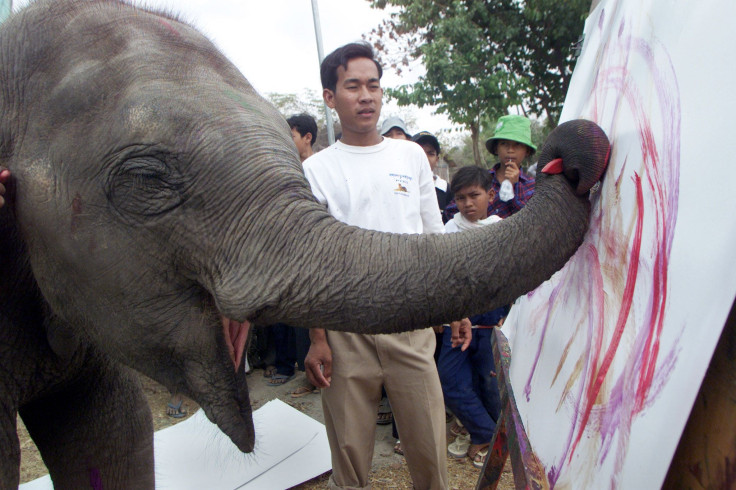Cambodia Has Elephants And Temples, Tourism On Steady Rise This Year

Cambodia’s agricultural sector is suffering due to another year of monstrous flooding, but another sector in the impoverished Southeast Asian nation has picked up the slack: Tourism has been on a steady upswing this year as Cambodia learns to cater to international travelers and offer unique attractions based on its cultural heritage, such as temples and elephants.
The nation attracted more than 3 million foreign tourists in the first nine months of the year, a 19 percent year-on-year increase, despite disputes between the ruling and opposition parties following the July 28 national election, according to Tith Chantha, the Cambodian Secretary of State at the Ministry of Tourism, as cited by Bernama, a Malaysian news agency.
Elephants offer a unique experience for foreign visitors, and they are also an important part of the locals’ livelihood. Often rescued from poachers in the surrounding jungles, elephants are brought into Cambodian tourism to give rides, performs circus tricks, and paint with their trunks.
“My elephants work four hours a day, and we treat them like family,” said 32-year-old Mnacn Hong, who has been an elephant trainer in Poutang village in the Mondulkiri province, according to the Phnom Penh Post, a Cambodian news outlet. “When I get tours, the money is spread around the community.”
Cambodia has a lot to offer to tourists who are interested in the country’s cultural and historical heritage. Angkor Wat's temples, one of the kingdom’s largest tourist destinations, attracted 1.57 million foreign tourists in the first nine months of the year, up 6 percent from the same period last year, Xinhua, China's state news agency, reported.
Most international tourists came from other Asian nations such as Vietnam, South Korea, China, Laos and Thailand.
"We expect to receive 4.2 million tourists in the whole of this year," Chantha said.
Tourism was hardly impacted by the mass demonstrations led by the nation’s opposition party, the Cambodia National Rescue Party (CNRP), in late July in protest of the national elections, which saw the ruling party, the Cambodian People’s Party (CPP), win 68 seats compared to the CNRP's 55. The disputes have since ended, and a new government was formed, according to Bernama.
"Growth is steadily up, even in the election month in July and post-poll conflict. Foreign tourists have full trust in our security and political stability," said Kong Sopheareak, head of the Ministry of Tourism’s Planning and Statistics Department.
Like every other nation, Cambodia is hoping to win the hearts and yuan of the newly well-off Chinese. Over 200,000 Chinese visited Angkor Wat in the first nine months of the year, a 60 percent increase vs. the same period in 2012, the Phnom Penh Post reported on Tuesday, thanks in large part to more direct flights between China and Cambodia.
“We noticed that Chinese tourists sharply increased during this period. It is because we opened many new direct flights from China to Siem Reap,” said Chhoeuy Chhorn, the director of the Siem Reap tourism department. The popular tourist destination saw nearly 2 million people pass through its airport alone, a 21 percent year-on-year increase. “In addition, with better road links from other provinces, it is easier for them to come here.”
The Cambodians want to grow this business, with plans to lure Chinese visitors with better accommodations. A “Chinatown” in the capital city of Phnom Penh is being considered, along with more modern shopping experiences, according to the Phnom Penh Post.
“Chinese tourists prefer shopping more than other tourists,” said Thong Kong, the minister of tourism.
© Copyright IBTimes 2024. All rights reserved.





















